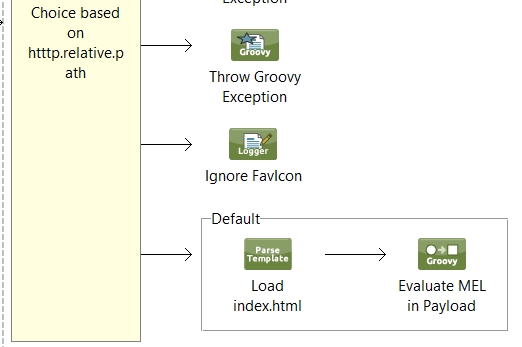Building a development cloud using nested virtualization.

This article is not for you if you are happy developing/testing with at most two machines, your developer machine and a machine under test. It is not for you if you do all your product evaluation, training and test can only be done in Azure or some other cloud environment that doesn't support nested virtualizaiton. This is really about building your own virtual labs or data centers to simulate larger installations or to use as training environments. Microsoft applications or machine clusters often include Active Directory, a database and some application servers. You can some times install all this on single machines. Multiple machines make sense if you are working on clustering or wish to leverage portions of your setup for future projects. Microsoft often provides VHDs for some of their more complicated products that save you configuration time. These machines are often more interesting when integrated into to some type of application including AD databases or...
